The Maltese archipelago is located in the Mediterranean between Sicily and Sardinia. It is made up of eight islands, the 3 main ones being Malta (the largest), Gozo (the most rural and least industrialized) and Comino, an animal sanctuary and nature reserve, halfway between the 2 and famous for its blue lagoon, its seabed and wild coves.
The island of Malta offers the discovery of different cultures linked to the successive passages of its various Roman, Moorish, Christian, French or British rulers. However, it is the Catholic religion that dominates, following the installation of the Knights of the Order of Malta in the 16th century. There are thus 365 churches and chapels across the island such as in Valletta, the capital, the co-cathedral of St Jean or in Mosta which reveals its dome, Mosta Rotunda.
Another lifestyle emerges in Birgu or Vittoriosa which was before Valletta the capital of the island and after Mdina. While walking, one notices the presence of fortifications marking the invasions and successive wars as well as the traces of the bombardments of the Second World War along the docks.
Archeology is the other facet of the island. The south of the island reveals the archaeological park of Hagar Qim which houses one of the oldest megalithic temples in the world dating from -3600 to -3200 BC. JC. The name of this prehistoric site means « Standing Stone », it is located not far from the Mnajdra site which can be visited at the same time.
The Mosta Rotunda
Mosta is a village located in the north of the island of Malta, which until the beginning of the 17th century depended on the village of Naxxar. The beginnings of Christianity in Malta date back to the year 60, when the apostle Paul of Tarsus, on his way to Rome, was washed up on the Maltese shores. In 1575 Mosta had 12 chapels and in 1610 the church dedicated to the Assumption of Mary became the parish church. A new building was erected in its place in 1830: the Rotunda. Almost a century later, in 1942, 4 German bombs were dropped on the « Dome ». If 3 of them did not burst, the last one ends up on the dome and lands in the middle of the church where 200 people were, however without causing any casualties: A real miracle! You can also admire a replica of this bomb in the sacristy.
Inside, blue and gold are the dominant colors. A cupola 39 meters in diameter was erected without a framework. A statue of Our Lady, made by Vincent Apap in 1947, is on the left at the entrance (it is taken out every year for the procession on August 15, a national holiday); a work by Stéfano Erardi (1630-1716) sits above the high altar.
The Mosta Rotunda is one of Malta’s largest and most famous churches, designed by architect George Grognet de Vassé and inspired by the Pantheon in Rome. Planning permission was granted in 1832 and construction began in 1833. The Rotunda has a diameter of 55.20 meters outside and 39.60 meters inside. The south-facing facade has 6 columns in the Ionic style, the construction is based on the principle of the catenary profile (each stone is placed on the one below and keeps it in place). Since 1860, works of art have been added and the building became a minor basilica on July 29, 2018.
Birgu or Vittoriosa
Birgu or Vittoriosa is a medieval village located opposite Valletta. The narrow streets are home to centuries-old houses with Mediterranean scents. Many ornaments decorate door handles and street signs, plants adorn balconies and mailboxes.
Built by the knights of the Order in the 16th century, Vittoriosa was to protect Valletta and the neighboring cities (Senglea and Cospicua). It became the capital of Malta instead of Mdina, located on the peninsula opposite Valletta.
The temples of Hagar Qim
Hagar Qim is one of Malta’s megalithic temples, located in the south of the island. Listed as a UNESCO World Heritage Site, its construction began in -3600 BC and ended in -3200 BC. JC. Towering on a hill above the sea and the islet of Fifla, it stands on the edge of a cliff near the town of Qrendi and is surrounded by other prehistoric structures.
Known since the 17th century, the site was cleared in 1839 by J.G. Vance and excavated from 1885 by Annetto Caruana. Restored between 1947 and 1950, it was added by UNESCO to the world heritage of humanity.
Mnajdra
Located 500 meters from the temples of Hagar Qim, the site of Mnajdra is considered the cradle of religion in Malta. It is the basis of the birth of churches. Erected in the 4th millennium BC, it is one of the oldest holy places and is listed by UNESCO as a world heritage site.
Mnajdra includes 3 neolithic sanctuaries in the shape of a trefoil. These ruins have an archaeological and aesthetic interest thanks to a unique architecture despite its millennia of existence. Their facade was built on the basis of fairly resistant limestone slabs.
The upper temple has a monumental concave facade which leads to 2 chambers or apses. On the left, a square-shaped and decorated opening leads to a small bedroom. Another small bedroom is accessible on the right by a rectangular opening but also by a small porthole slab fixed in a trilithon.
The middle temple was built at the end of the Tarxian period between 3150 and 2500 BC. JC. it comprises slabs surmounted by horizontal stones. On the facade, we can see 3 doors and 1 porthole which lead to rooms and discover an engraving.
The lower temple was built in the early days of the Tarxians and remains the best preserved structure. There is a forecourt with stone benches, remains of a dome roof and spiral carvings.




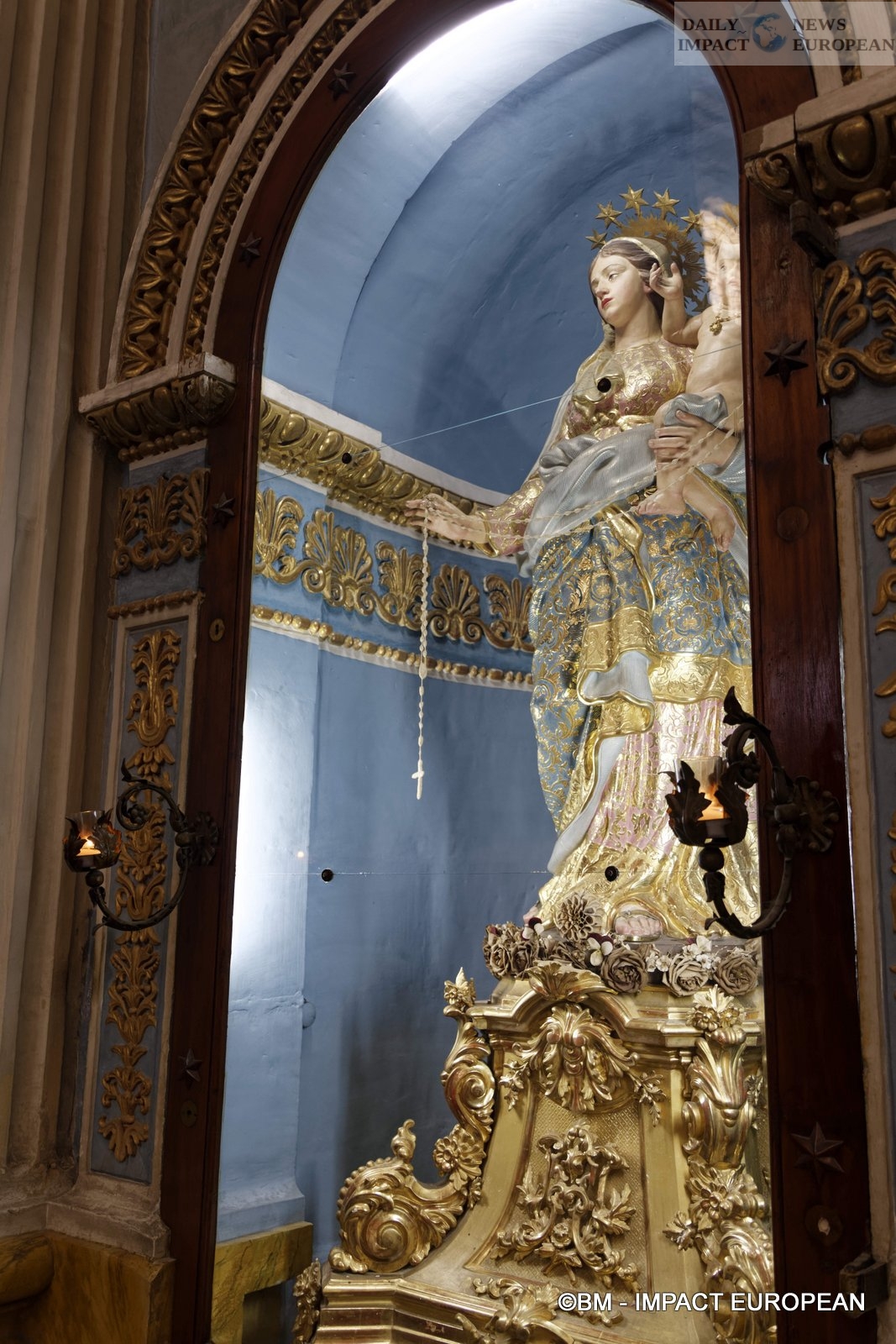




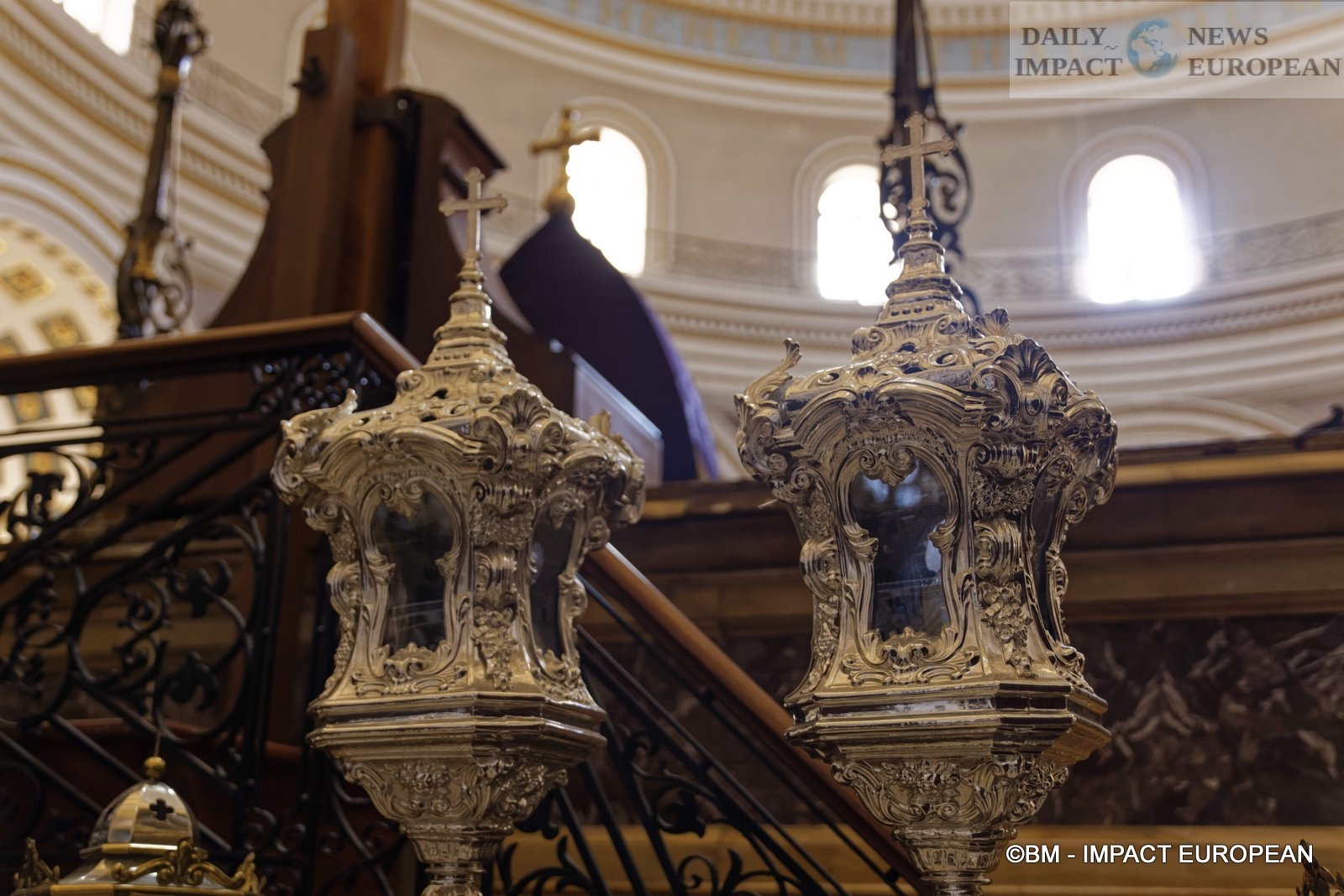


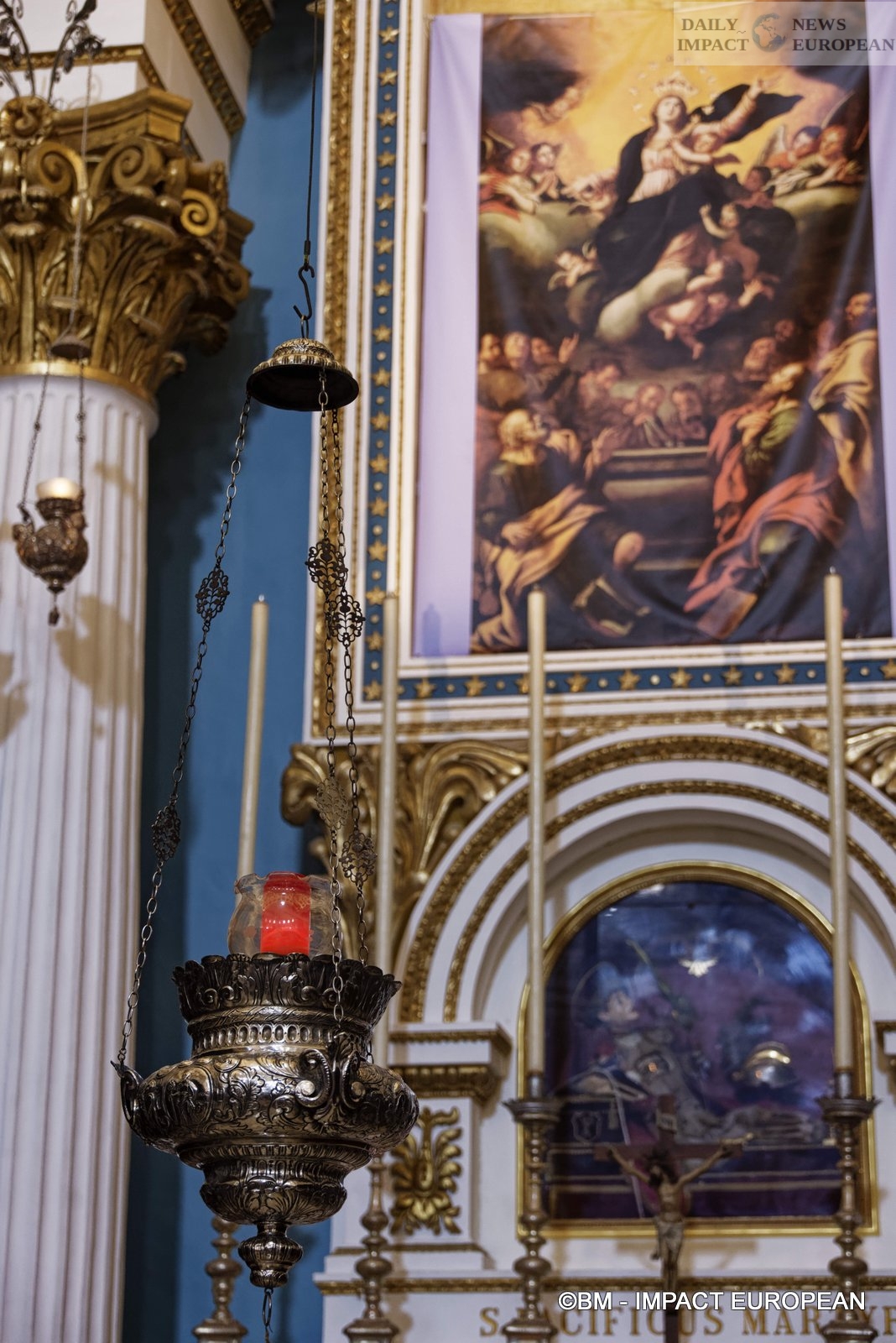








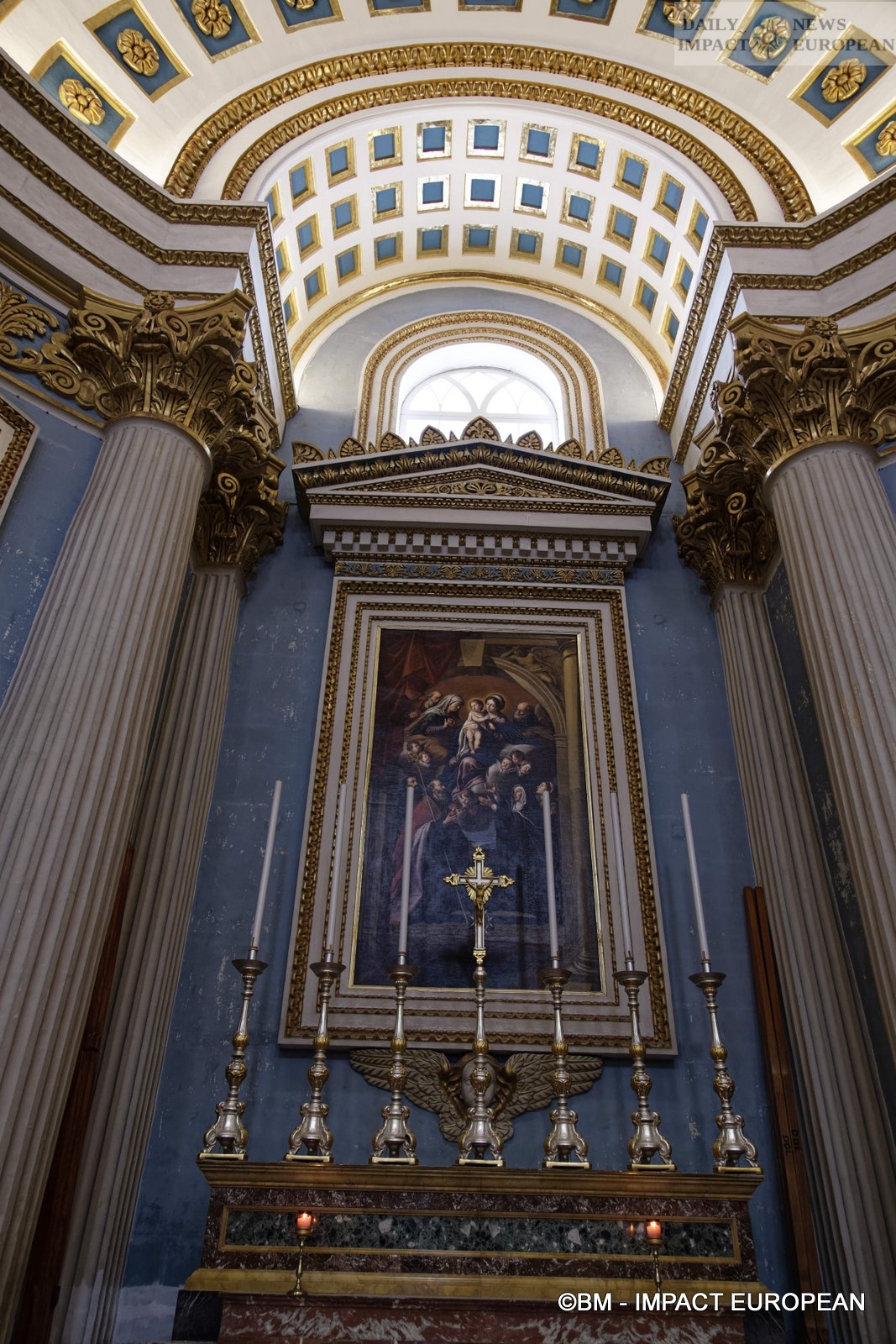



















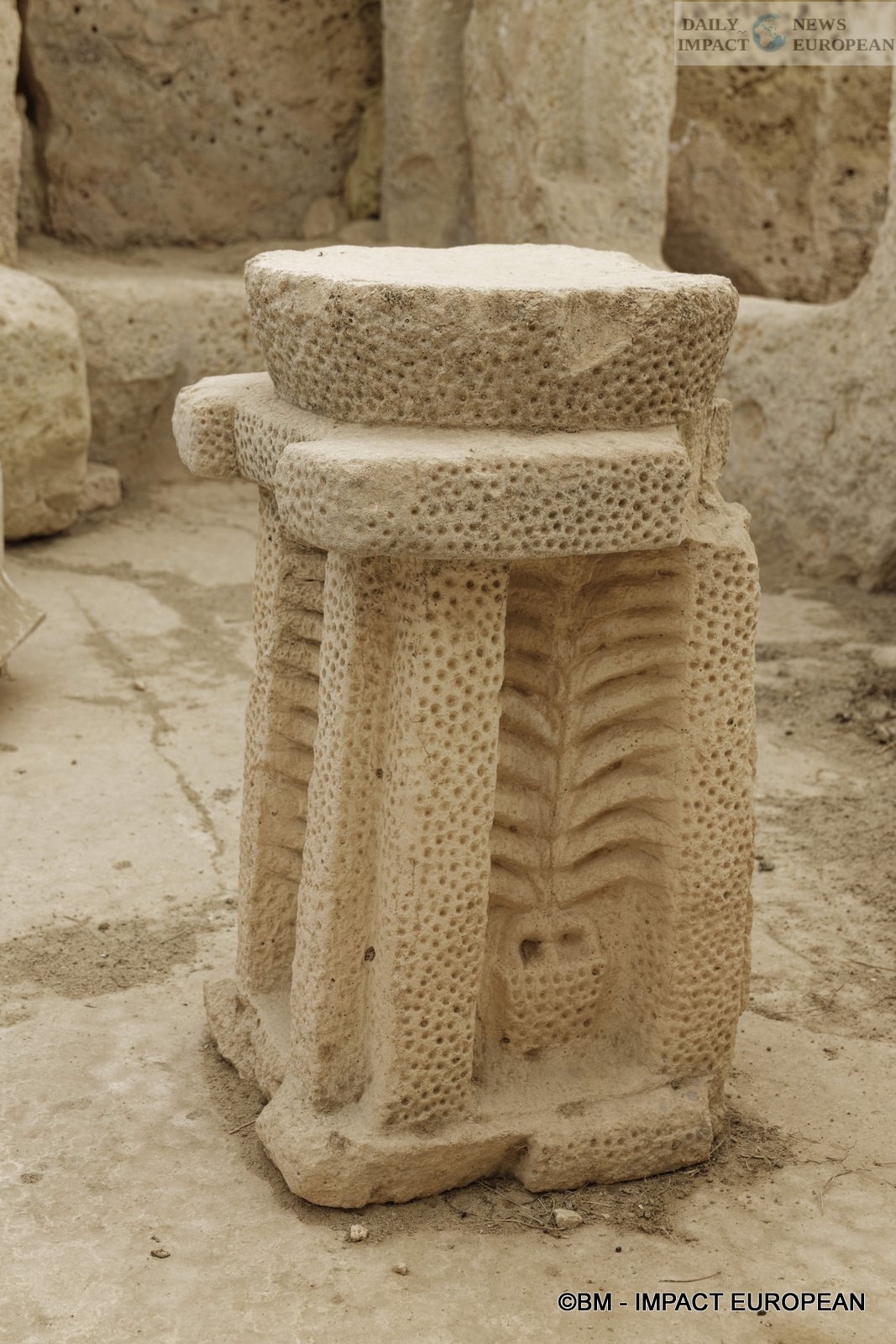












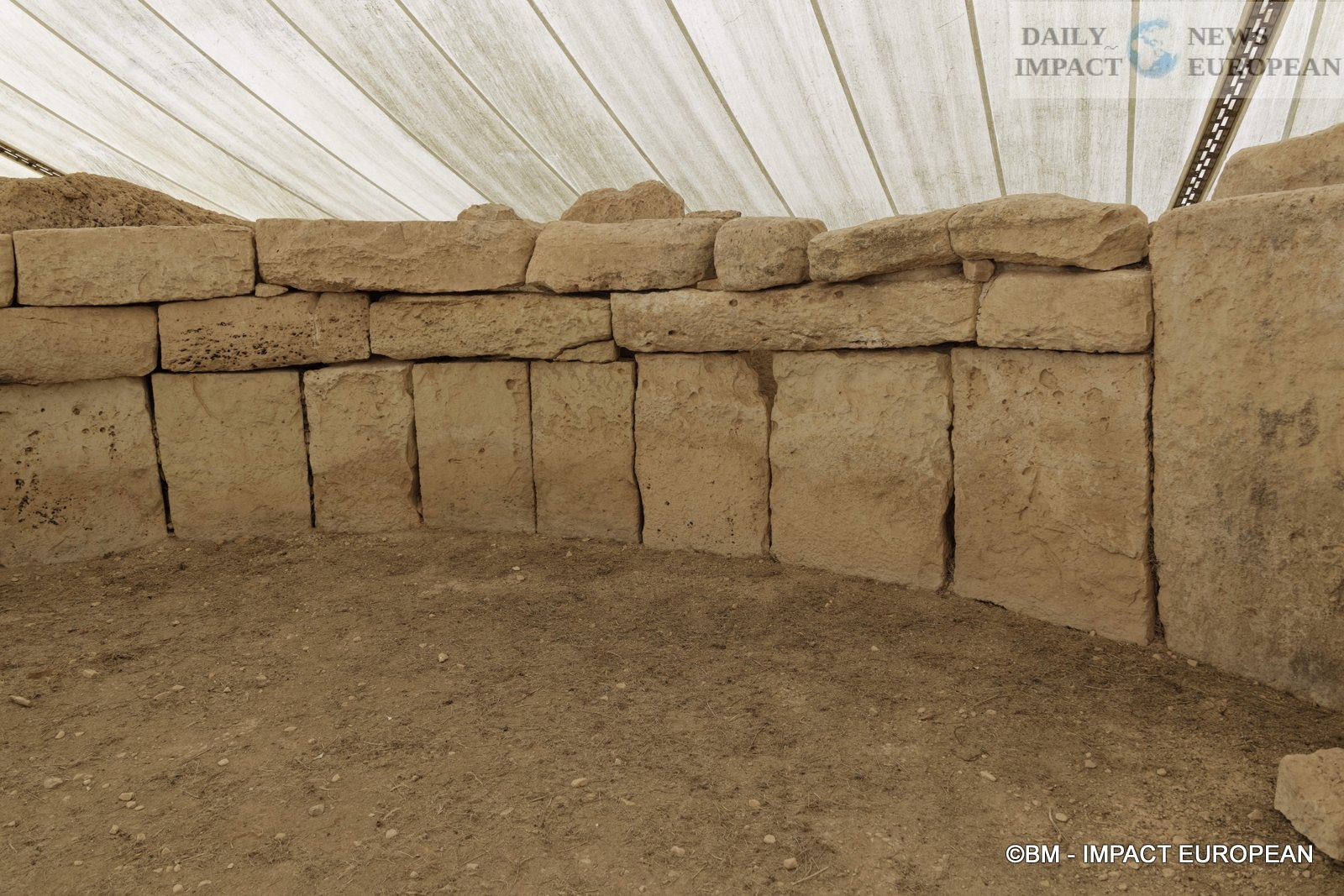

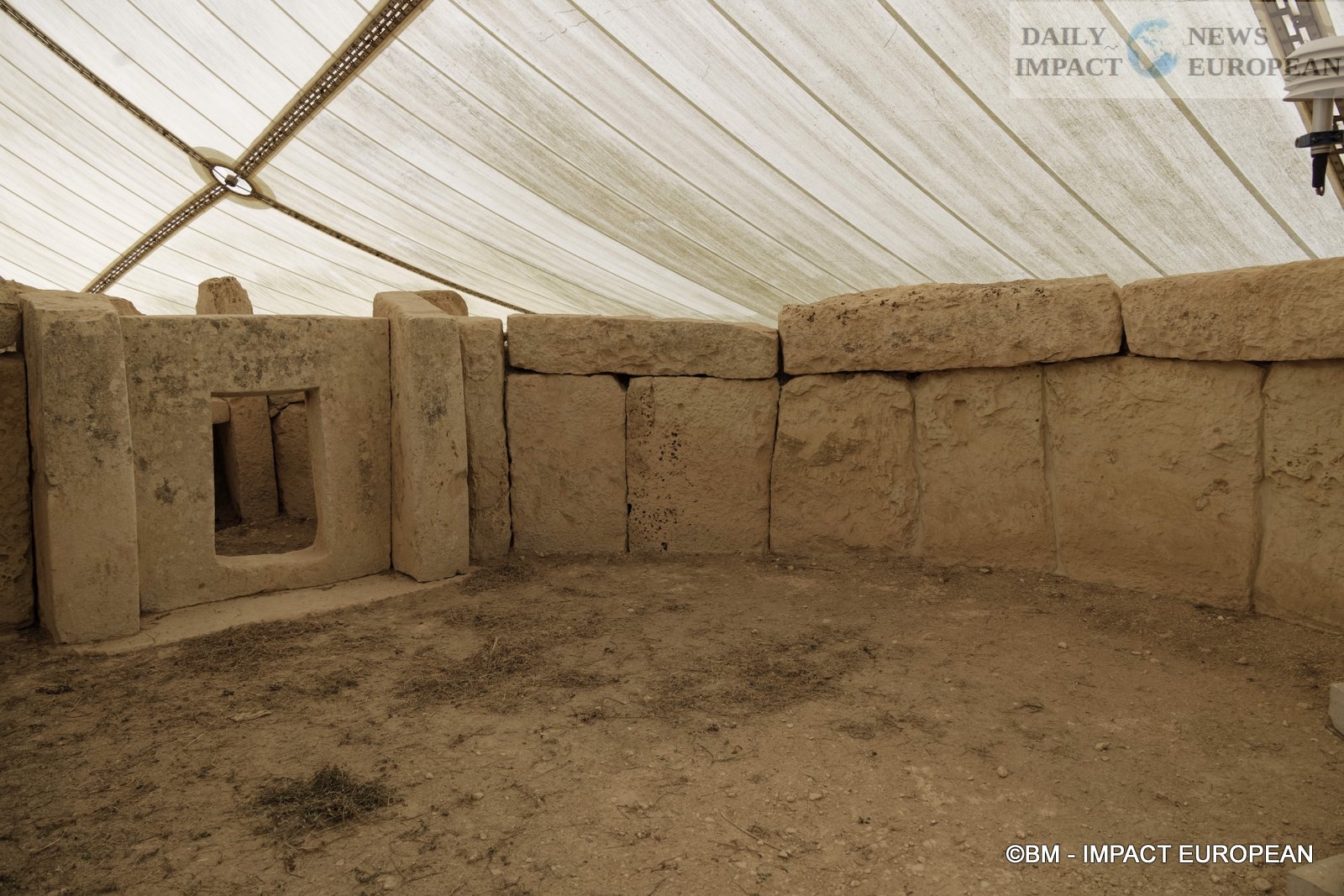





More Stories
General States of African Diasporas: When diasporas form a nation between innovation, dialogue and diversity
Jenny d’Ormond, the mastery of 3D painting
Élysée: tripartite meeting between Trump, Zelensky and Macron